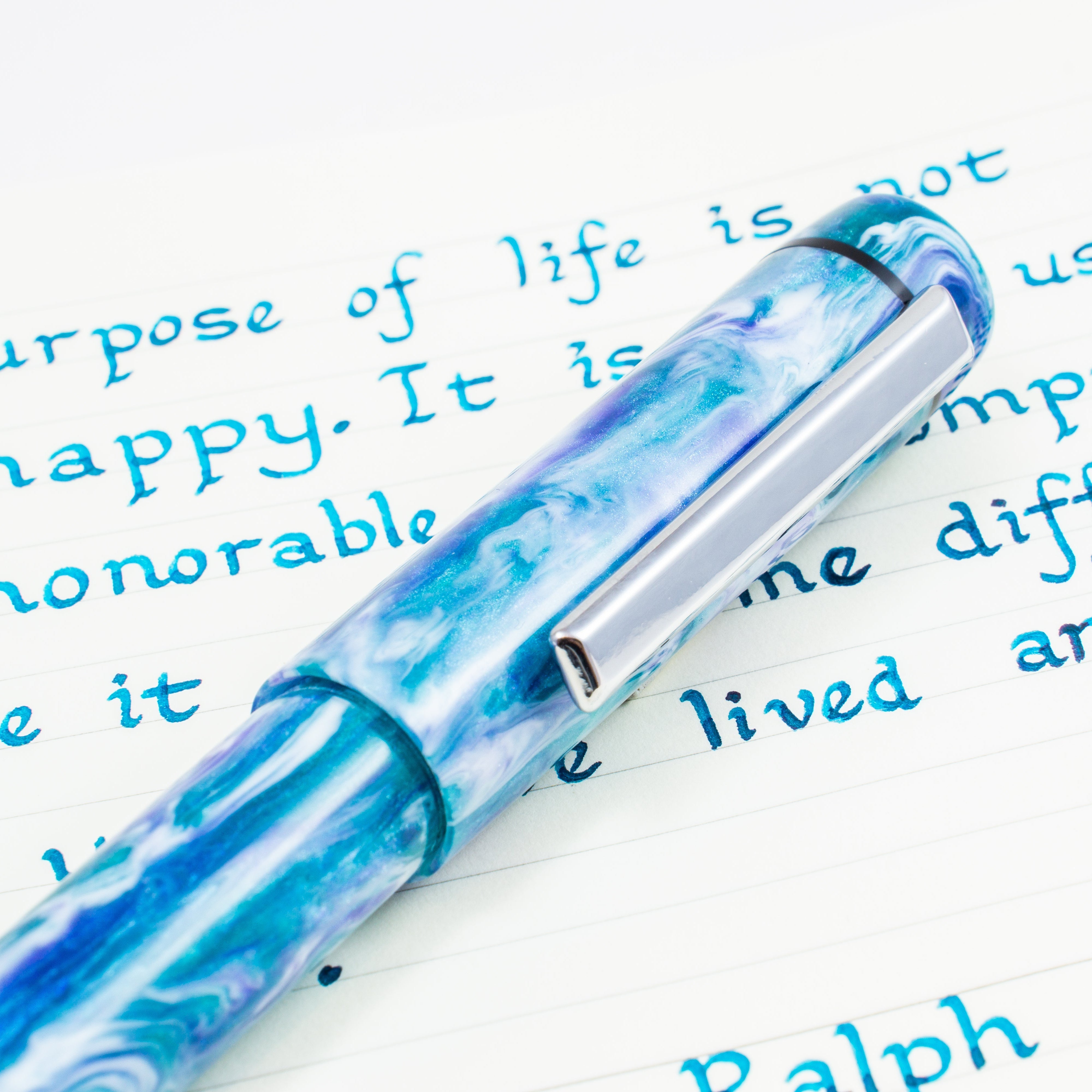So I had a few questions from my buddies and peers on what the differences are. These are great questions, and since I'm a fountain pen maker, I'd like to make sure everyone understands what the differences are before you actually use the wrong type of ink in your beloved writing instrument!
 Image by wal_172619 from Pixabay
Image by wal_172619 from Pixabay
If you’ve ever browsed through ink options while picking up supplies for your fountain pen or calligraphy setup, you might have noticed just how many types of ink are out there. At first glance, they can look quite similar: colorful, elegant, and designed for writing. However, behind the bottle, they’re made for very different purposes. Understanding the key differences between calligraphy ink and fountain pen ink can help you protect your tools and choose the right ink for the job.
Let's start with calligraphy inks. Calligraphy inks are often pigment-based, meaning they contain small solid particles (like ground minerals or carbon black) suspended in the liquid. These inks are designed to sit on top of paper, producing deep, vibrant, and sometimes waterproof lettering. Many also include binders like gum arabic or shellac to improve adherence.

Image by Bruno from Pixabay
Calligraphy inks are not safe for fountain pens,
unless the bottle clearly says so. The pigments, shellac, or thick binders can easily dry inside the pen's feed or nib, causing clogs or permanent damage.
Fountain pen inks, on the other hand, are typically dye-based. They dissolve completely in water, which allows them to flow smoothly through the narrow channels of a fountain pen without clogging. They’re less viscous and more fluid, often formulated with flow enhancers and preservatives to keep the ink stable and the pen writing cleanly.
 Photo taken by Anson, bespoke Midnight Tides fountain pen
Photo taken by Anson, bespoke Midnight Tides fountain pen
Fountain pen inks are made specifically for fountain pens,
ensuring smooth flow and easier cleaning. They’re generally not ideal for dip pens or brush calligraphy, as they may appear too watery and lack the boldness or texture needed for artistic lettering. However, I want to say that you certainly can use dip pens with fountain pen inks.
To keep it simple: Fountain pens can only use fountain pen inks; dip pens can use both calligraphy and fountain pen inks.
Both types of ink offer beautiful color ranges and in different ways.
Calligraphy inks often come in high-opacity, bold colors, and may include metallic finishes or shimmer. Some are even waterproof or archival.
Fountain pen inks excel in shading, sheening, and subtle color variation, particularly on high-quality paper. There are shimmering fountain pen inks too, but they’re specially formulated to be pen-safe (and even then, regular cleaning is recommended).
Whether you’re drawn to the elegance of calligraphy or the smooth experience of a fountain pen, the ink you choose plays a big role. Pick the right ink for the right tool, and both your writing and your pens will thank you.
What are your thoughts regarding this? What's your favourite type of ink and colour? Mine's blue!
Hope the explanation above is clear and concise :) See you guys at next post.
Regards,
Anson


Share:
What's coming up for the next drop?